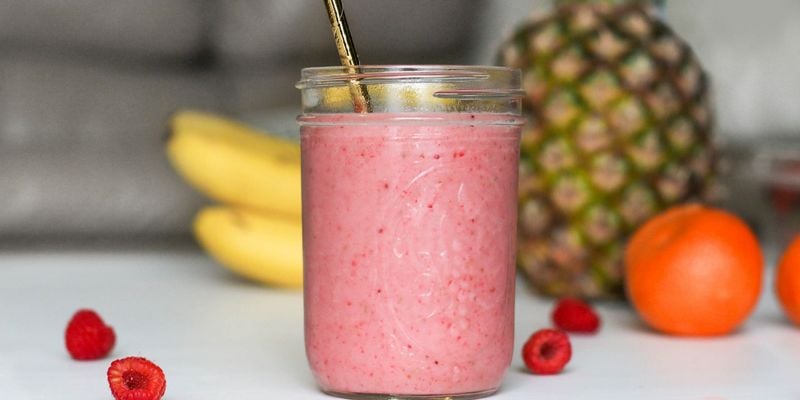The juicing diet has similarities to the raw food diet in that it is largely based around raw fruit and vegetables.
The juicing diet is recognised as a good way of getting a strong amount of fruit and vegetables into your diet
One area that people with diabetes need to be particularly cautious about is to not rely on juices that include a heavy intake of sweet fruits as these will adversely our blood sugar levels
How to follow the diet
The concept is relatively simple as it just involves a diet based on fruits and vegetables.
The diet doesn’t solely involve juicing every meal. Having whole fruit and vegetables plus soups and salads is also recognised as being part of the diet.
The challenge is choosing the right combination of fruit and vegetables so that the juices are pleasant and good for your blood glucose levels.
A good guide is the 80/20 rule which recommends combining:
The popularity of juicing means that there are plenty of recipes online to help you get started.
Important: Moving onto a juicing diet is likely to represent a significant change to your diet and therefore it is important to speak to your doctor first. This is especially important if you are on diabetes medication that can cause hypos to occur
Benefits
A juicing diet is likely to low calorie and therefore good for losing weight, particularly if you are either using juices for most of your meals or if you combine juicing with an otherwise low calorie diet
The diet is firmly focused around fruit and vegetables so you shouldn’t struggle to hit five portions of fruit and vegetables a day.
If the diet is followed well, it may help reduce brain fog (difficulty with thinking), reduce fatigue and improve your overall physical and mental health
Another strong advantage of the diet is that the preparation time is often a lot quicker than cooking with most recipes just requiring a good washing of the produce, peeling or trimming where necessary and the blitzing.
Disadvantages
You will require a decent blender to follow a juicing diet. High tech blenders are available but you can pick up a blender that’s up to the job for between £20-50.
Whilst the diet includes a strong intake of fruit and vegetables, the juicing process can lead to a loss of some of the soluble fibre and speed up how quickly carbohydrate is digested and absorbed as glucose into the blood. You should therefore aim to preserve as much fibre as you can within juices.
A juicing diet may require some trial and error in order to find palatable juice recipes. Be prepared to have some fruit and vegetable combinations that don’t turn out so well.
Be aware that moving onto a significantly different diet could lead to higher or lower blood glucose levels than normal. Regular blood glucose testing is advisable to monitor the effects on your sugar levels.
Juices that involve larger amounts of sweet fruits are best avoided. When it comes to fruit, berries tend to be a better option as these have a lower carbohydrate content compared with other fruits.
Is a juicing diet right for me?
A juicing diet is well suited to people that wish to lose weight in a healthy way through a strong intake of fruit and vegetables.
Incorporating juicing into your diet may be of particular value if you know you are not eating sufficient fruit and vegetables.
How easy the diet is to stick to varies from person to person. If you find the diet a challenge to follow, you may choose to incorporate juicing into one meal per day.
Keeping good blood glucose levels on a juicing diet
Diabetes presents an extra challenge in that the intake of fruit needs to be moderated more strongly than for people without diabetes, which can mean that some recipes are likely to be off bounds.
To maximise the health benefits of the diet, aim to include physical activity as part of your daily lifestyle
If you choose to incorporate the juicing diet in part rather than following the diet fully, it is advisable to ensure your non-juiced meals remain healthy. For instance, you may choose to incorporate the juicing elements into either a low GI or low carb diet
Important: Remember to speak to your doctor before if this involves a significant change to your normal diet.







